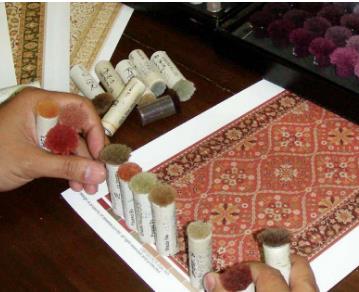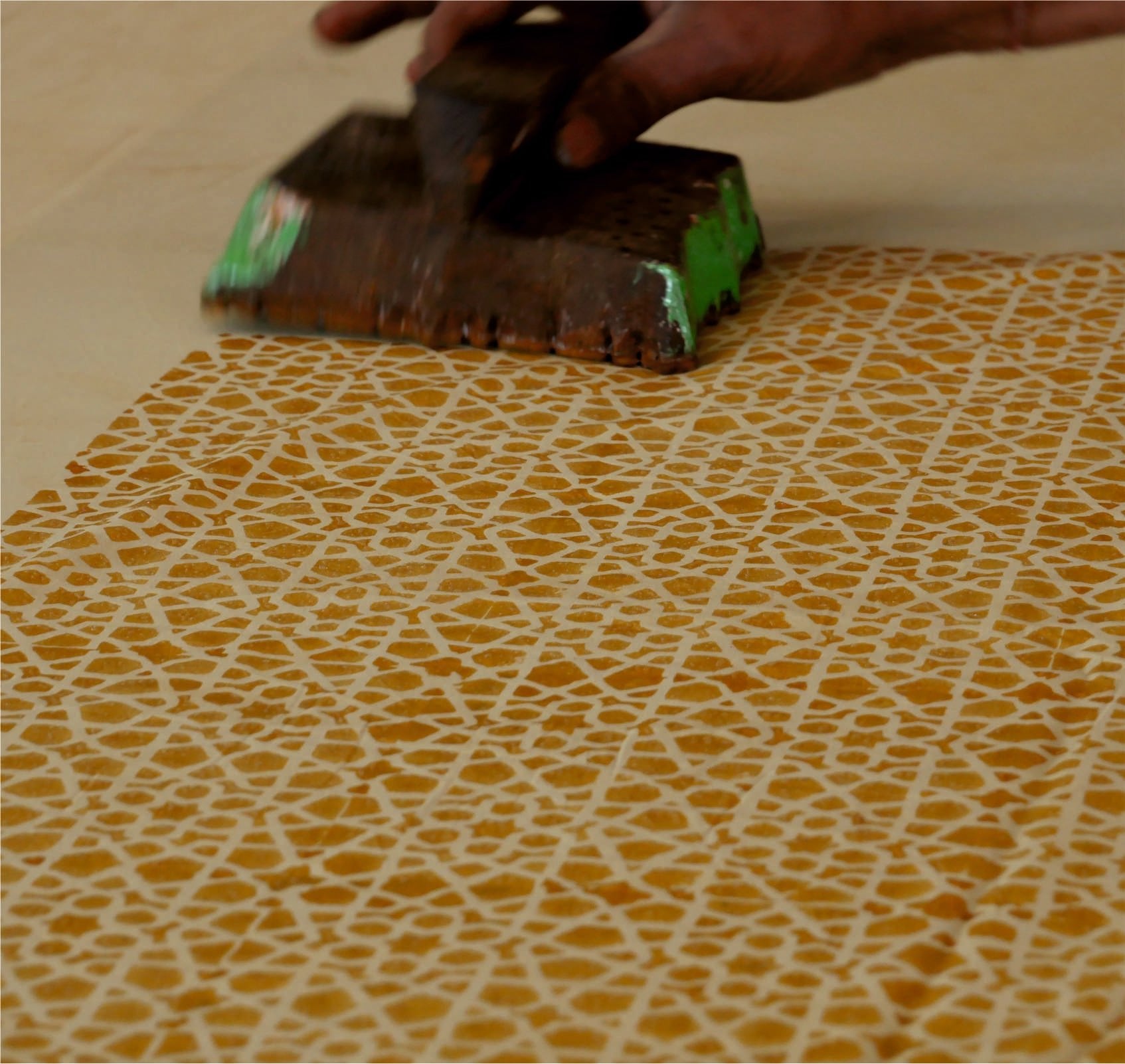Decorating a home is a deeply personal journey, one that reflects the family’s style, values, and way of living. However, when it comes to making decisions about home decor, the process can vary widely depending on family dynamics, individual preferences, and lifestyle. While there’s no one-size-fits-all answer, certain patterns emerge in many households when it comes to determining who gets the final say in home decor decisions. In this blog, we’ll explore the roles different family members play, the factors that influence these choices, and how modern households navigate the collaborative process of decorating their homes.
The Traditional Decision-Maker

Historically, home decor decisions have often fallen under the domain of women, particularly in more traditional households. This can be traced back to gender roles where women were seen as the primary caretakers of the home, responsible for its appearance and comfort. Even today, in many families, the woman of the house is considered the primary decision-maker when it comes to selecting furniture, fabrics, color schemes, and accessories.
This dynamic might be rooted in the idea that women tend to have a more keen sense of aesthetics or are more detail-oriented when it comes to comfort and style. For these households, the man might take a more hands-off approach, perhaps weighing in on major decisions but ultimately leaving the finer details to the woman.
The Collaborative Couple

In more modern households, decision-making is often a collaborative effort between partners. Many couples take a shared approach to home decor, with both partners actively participating in the process. This method ensures that the home reflects the tastes and preferences of both individuals, creating a space that feels balanced and personalized.
For example, one partner might have a strong opinion on color schemes and artwork, while the other might be more interested in choosing furniture or outdoor decor. By dividing responsibilities or jointly making decisions, couples can blend their unique styles, resulting in a home that feels cohesive and representative of their combined vision. This collaboration may also require compromise, especially when tastes differ significantly. Communication and the willingness to meet halfway often play key roles in this process.
Children's Influence on Home Decor
In families with children, their preferences and needs can sometimes influence home decor decisions as well. While parents may have the final say, they often take their children's comfort and tastes into consideration, especially when it comes to shared spaces like living rooms, kitchens, or children's bedrooms. Kids’ favorite colors, hobbies, and interests can inspire the choice of decor in their rooms, allowing them to express their individuality while fostering a sense of ownership in their space.

Additionally, as kids grow older, their opinions may carry more weight in the family’s overall decor decisions. Some parents even allow teenagers to take the lead on decorating their rooms or help choose items for common areas. This not only encourages creativity but also strengthens family bonds by involving everyone in the decision-making process.
The Role of PracticalityPracticality often plays a significant role in who makes the final decisions in a family’s home decor. In some cases, the person who handles the household budget or takes care of the home on a daily basis might have more influence over decisions. If one partner is more concerned with functionality and practicality (e.g., ensuring that furniture is durable, washable, or child-proof), they may have a larger say in what gets purchased.
For instance, a family with small children or pets may prioritize choosing fabrics that are stain-resistant, while someone who enjoys hosting dinner parties might prioritize dining room decor. In these cases, practicality drives the decision-making process, often leaning towards functionality over pure aesthetics.
Compromise and Conflict Resolution
Home decor, though enjoyable, can sometimes lead to disagreements within the family. When styles clash or budget constraints limit possibilities, tensions may arise. In these situations, compromise is essential. One approach might be to blend styles, like mixing contemporary and traditional elements, so that both partners feel represented in the decor. Alternatively, dividing rooms by style—one partner takes the living room, while the other designs the bedroom—can help ease conflict and ensure that everyone has a space they love.
Some families rely on outside help, such as hiring an interior designer, who can act as a mediator and bring professional expertise to the table. By offering neutral, expert opinions, a designer can help families find common ground while keeping the overall aesthetic cohesive.
Shifting Dynamics in Same-Sex Couples
In same-sex couples, the decision-making process for home decor can be quite similar to that of heterosexual couples, with an emphasis on shared vision and collaboration. However, studies have shown that same-sex couples tend to be more flexible and egalitarian in their approach to household roles, including home decor. This means both partners may actively participate and share decision-making power equally, with less reliance on traditional gender roles.
This equal partnership in home decor often reflects the progressive nature of same-sex relationships, where decisions are based more on individual interests, tastes, and skills, rather than predefined roles.
The Influence of Extended Family
In multi-generational households or families with frequent visits from extended relatives, decisions on home decor may also be influenced by the preferences of other family members. Grandparents, in-laws, or other relatives who live in or frequently visit the home might have input on decor decisions, especially if they occupy or use specific areas of the house. These contributions, while well-meaning, can sometimes lead to complex decision-making processes, especially if opinions differ widely.
Final Thoughts
When it comes to who makes the decision in family home decor, there’s no universal answer. Each family operates based on its unique dynamic, with a mix of collaboration, compromise, and personal preferences shaping the final outcome. While traditional roles might still influence some households, many modern families take a more egalitarian or democratic approach, ensuring that all voices are heard and reflected in the design of their shared space.
Ultimately, home decor decisions should be a reflection of the family’s collective style and values, resulting in a space that everyone can enjoy and take pride in. Whether one person takes the lead or it’s a family-wide project, the key is creating a home that feels comfortable and inviting for all.



